 W
WMount Ashitaka is an eroded stratovolcano in the area south-east of Mount Fuji, Japan. Its highest peak, 1,504 metres (4,934 ft) high, is mount Echizen-dake, but the complex is named after secondary peak, Ashitaka-yama, 1,188 m (3,898 ft) high.
 W
WEbisunishi (恵比寿西) is a neighborhood in Shibuya, Tokyo, Japan. Located near Ebisu Station and Daikanyama Station, it houses various luxury boutiques and small stores, as well as sophisticated residences. Historically, the Ebisunishi neighborhood corresponds to the areas in six former neighborhoods, which includes Shimodori 4-chome (下通四丁目) and Shimodori 5-chome (下通五丁目), Kokaidodori (公会堂通), Nagayatocho (長谷戸町), Shurakucho (衆楽町), and Daikanyamacho (代官山町). Although these old names are today largely forgotten, two of them, Nagayatocho and Daikanyamacho, still survive as the name of an elementary school and an official sub-ward neighborhood.
 W
WMount Echizen-dake is a Japanese volcanic peak in the area south-east of Mount Fuji. Its summit, 1,504 meters high, is located in the Susono City, Shizuoka. It is a highest peak of the Mount Ashitaka lava dome.
 W
WFukiage-shuku was a mid-station along the Nakasendō in Edo period Japan. It was in between the post stations of Kōnosu-juku and Kumagai-juku. It is located in the present-day town of Kōnosu, Saitama Prefecture, Japan. In addition to being a rest stop along the Nakasendō, it was also an officially designated post station on the Nikkō Wakiōkan.
 W
WHigashi (東) is a residential district of the Shibuya ward in Tokyo surrounded by the residential areas of Hiroo, Ebisu, Daikanyama and Aoyama. Prince Hitachi and Princess Hitachi have their official residence in a palace in large gardens off Komazawadori in Higashi.
 W
WHokurikudō is a Japanese geographical term. It means both an ancient division of the country and the main road running through the old Japanese geographical region. Both were situated along the northwestern edge of Honshū. The name literally means 'North Land Way'. It also refers to a series of roads that connected the capitals of each of the provinces that made up the region.
 W
WMount Iō , also Iozen, is a 939-metre (3,081 ft) tall mountain in Japan, on the border of Kanazawa City, Ishikawa and Nanto City, Toyama.
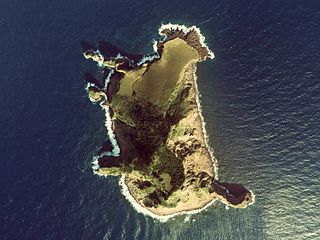 W
WKaminonejima or Kaminone Island, is a small uninhabited island located in the Tokara Islands of Kagoshima Prefecture, Japan.
 W
WKōda is a small river in the towns of Kōta and Nishio in the Aichi Prefecture, Japan.
 W
WMakuhari-nishi (幕張西) is a district of Mihama Ward, Chiba City, Chiba Prefecture, Japan, consisting of 1-chōme to 6-chōme. The district entirely consists of reclaimed land from Tokyo Bay. In 1-chōme to 4-chōme the newer Jūkyo-hyōji (住居表示) style is adopted, while in 5-chōme and 6-chōme the older chiban (地番) style is adopted.
 W
WMimomi (実籾) is a district of Narashino City, Chiba Prefecture, Japan, consisting of 1-chōme to 6-chōme and Hongo .
 W
WMinamidai (南台) is a district of Nakano, Tokyo, Japan.
 W
WMount Amakazari is a mountain in the Chūbu region, Central Honshu, Japan. Located between Niigata and Nagano prefectures, the mountain is considered one of the 100 Mountains of Japan. Several hiking paths lead up the mountain, along which can be found a number of natural hot springs.
 W
WMount Hotaka is Stratovolcano and highest peak is the altitude of 2,158m. It is located Minakami-machi, Kawaba Village, and Katashina Village in the Gunma Prefecture. In order to distinguish it from Mount Hotakadake in the Northern Alps, it is also called as Joshu Hotakayama(上州武尊山). This mountain has been selected as one of "100 Famous Japanese Mountains" and the "New 100 Famous Flower of Japanese Mountains".
 W
WMount Yakeishi is a mountain in the Ōu Mountains on Honshu, Japan. The mountain, which rises to a height of 1548 meters, is part of Kurikoma Quasi-National Park.
 W
WThe octopus stone, Taiko-ishi 蛸石 is a large stone at Osaka Castle in Japan. The stone is near Sakura Gate.
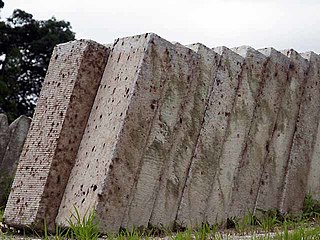 W
WŌya stone is an igneous rock, created from lava and ash. Ōya stone was famously used in the facing of Frank Lloyd Wright's Imperial Hotel in Tokyo. One reason this stone was used is because it has a warm texture and is easily carved, which allows much versatility. Ōya stone can have different colors and is also fireproof.
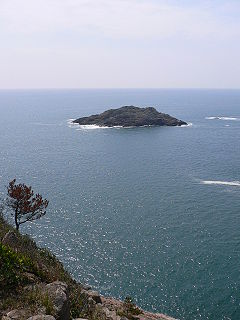 W
WThe Hyuga-nada Sea is the part of the Pacific Ocean that lies off the eastern shore of the island of Kyushu, to the south-west of the island of Honshu, off the south coast of Japan. Its name is derived from the former province of Hyūga, which corresponded to the prefecture of Miyazaki before the Meiji Restoration.
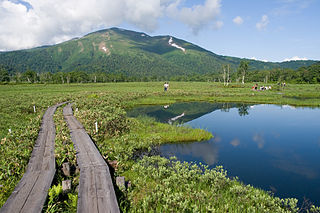 W
WMount Shibutsu is a serpentine mountain in the north-east of Gunma Prefecture in Japan. It is 2,228.1 m (7,310 ft) tall and located between Minakami Machi and Katashina Villages. It's one of the 100 Famous Japanese Mountains and is home to a "treasure trove" of alpine plants. It is part of Oze National Park and the Minakami UNESCO Eco Park.
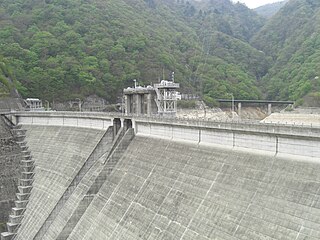 W
WThe Shiobara Pumped Storage Power Station (塩原発電所) is a pumped-storage hydroelectric power station in Nasushiobara, in the Tochigi Prefecture of Japan. It has a total installed capacity of 900 megawatts (1,200,000 hp). The power plant started operation in 1994.
 W
WSuruga Trough is a trough that lies off the coast of Suruga Bay in Japan, forming part of the Nankai Trough, the latter being responsible the source of many large earthquakes in Japan's history. Both mark the boundary of the Philippine Sea Plate subducting under the Amurian Plate.
 W
WUguisudanichō (鶯谷町) is a district of Shibuya, Tokyo, Japan.